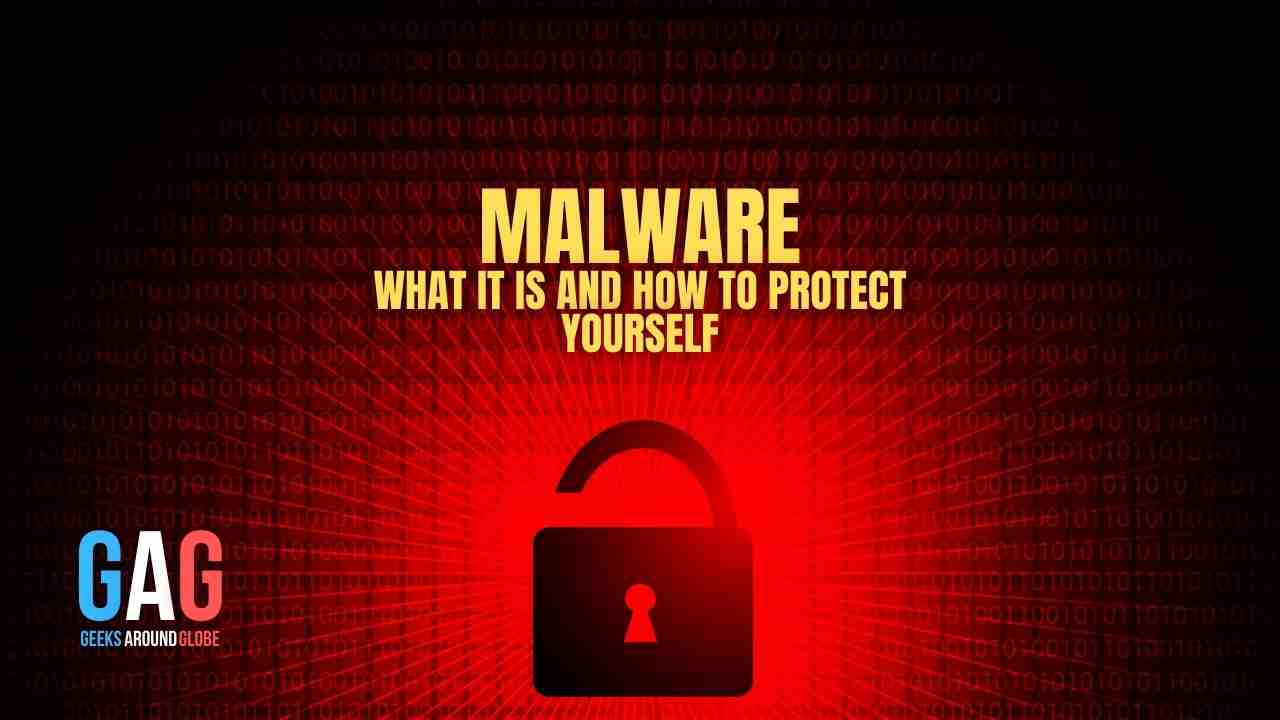Everyone and anyone is at risk of data breaches. Governments, hospitals, educational institutes, small or large businesses, and individuals can experience huge losses, complications, and damages from having their sensitive, personal, and financial information exposed. Malicious hackers and some insiders have become so sophisticated that they can breach your information through text messages, Bluetooth, Wi-Fi, and the online services you use daily.

In this article, we’ll explain exactly what data breaches are, how and why they occur, and the different types of data breaches. We also include how data breaches affect you, some examples of data breaches, and how you can prevent them by employing a location-specific proxy like a Canada proxy.
Data Breaches Explained
A data breach occurs when confidential, financial, sensitive, or protected information is accessed, shared, or viewed by an unauthorized person or entity. A data breach typically occurs when there are weaknesses in user behavior, security protocols, and technology.
With the introduction of Bring Your Own Device (BYOD) to work, users are not only placing themselves at risk, but also the companies they work for.
Users typically have very poor online security habits and don’t use protection measures like a location-specific proxy such as a Canada proxy. This lack of protectionmakes data breaches more likely than you may think. Even if the business sets up the backend technology up 100%, one person can compromise an entire network or system. It’s essential that you understand how data breaches happen so that you can effectively protect yourself and others.
How and Why They Occur
People assume malicious hackers are the only cause of data breaches. This is a misconception. Some reasons for data breaches also include intentional attacks or in most cases user error. The reasons for a data breach can also occur accidentally by careless users and weaknesses in a business’s infrastructure, security protocols, or a misconfiguration of software settings. Below are the main reasons why they occur.
Malicious Insiders
A worker purposely accesses, shares, or views sensitive or strictly confidential information with the intent of causing harm by sharing it. An individual or business will experience losses, complications, or damages in sharing it.
Accidental Insiders
Many examples fall under this category. If you use your personal mobile for work and it gets accessed by a hacker, it’s considered an accidental breach. It could also
apply to instances where information was shared in error.
Stolen or Lost Devices
This includes cases where a device goes missing that contain classified information. Hackers would have an easier time breaching the data on the device if it was left unlocked.
Outside Criminals or Hackers
This is where the most devastating and most significant data breaches occur. The reason they’re so devastating is because there is definite malicious intent and plans for the collected data. Companies and individuals can use a Canada proxy to add an additional layer of security to their networks. These proxies will make it appear that you’re accessing the internet from within Canada even when you are in another country. Even if a hacker was to get through the network, they’d end up at the proxy server and not your own network.
Methods Used
It’s crucial that you know what methods are used for cyberattacks so that you know what to look out for:
Phishing
This method is designed to trick you into sharing information. Access is obtained to your sensitive, personal, and financial information by the cybercriminal acting as an institution you’d generally trust. For example, there have been many phishing attacks posing as banks sending emails to people asking to confirm their private banking information.
Brute-Force or Password Attacks
Hackers will try and guess your password correctly until they get it right. Hackers are finding it easier to guess your password quicker since they have access to more powerful software and computers. If you’re using a weak password (like your birthday or child’s name), a hacker can gain access to your information within a matter of seconds.
Malware
Everything on your device, including its operating system, hardware, network, software, and servers, you’re connected to have undetected security flaws. Hackers are constantly searching and finding weaknesses where they can place the malware.
Malware goes mostly undetected without a Canada proxy, and it’s perfect for stealing passwords and data. Users and companies only find Malware infections when it’s too late. Malware includes viruses, trojans, spyware, ransomware, adware, and botnets.
Most Destructive Data Breaches in 2022
Data breaches can occur on your personal device. However, data breaches can also happen on business sites and services you use daily, which can indirectly harm you, especially in cases where you share personal, sensitive, and financial information with them. Below are some of the most destructive data breaches on company sites in 2022.
Plex
When Plex experienced a data breach, 20 million streaming service users were impacted. Users’ usernames, email addresses, and passwords were compromised.
Pegasus Airline
6.5 Terabytes of data (23 million files) were compromised due to a misconfiguration of data linked to the airline’s EFB software which controls landing, take-off, and fuelling information. Sensitive crew data were also exposed.
How Proxies Protect Users and Businesses
Malware attacks and data theft happens when you link to a public network or service. You can protect yourself against attacks by installing a residential Canada proxy. Proxy servers act as an insulation tool that protects your data and devices in the following ways:
- Controls internet usage
- Malware screening
- Improved data security
Final Thoughts
Data breaches are becoming a common reality for businesses to deal with. The best way to protect your business is by implementing protection measures such as proxies and anti-malware software. Furthermore, businesses have to train employees, and teach them how to identify security threats and protect their own information. Finally, a data security and response plan is essential to ensure your business is prepared in the case of a breach.







